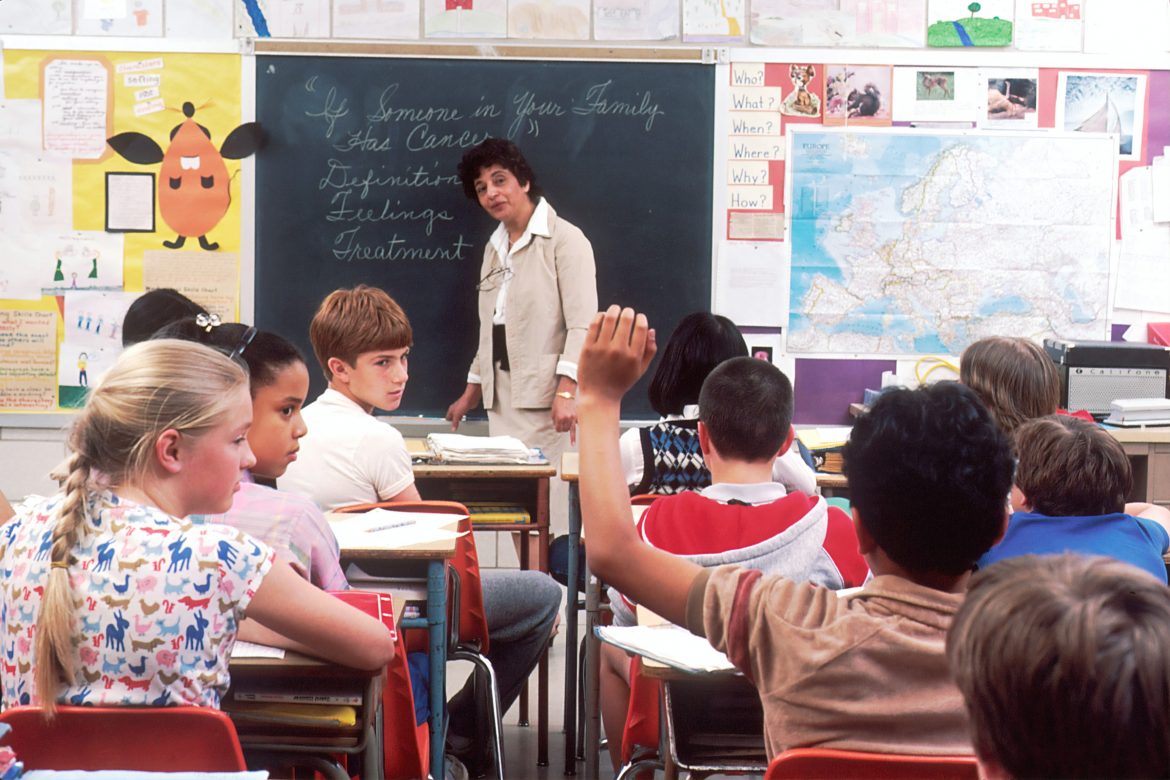A furious pupil is an inherent aspect of the teaching profession. Unfortunately, some pupils cannot self-calm and regulate their anger successfully. While there is no one-size-fits-all solution for these tense meetings, these essential strategies from teaching degree courses may help alleviate situations by teaching children self-regulation and respect. These courses focus on such skills and child development and should be taken by every teacher especially if they are working with young an teenage kids.
- Stay Calm
You must remain cool. This might be challenging at times but yelling and losing your anger can only exacerbate the problem. Before responding, take a deep breath and count to 10 if necessary.
- Avoid taking things personally
Try to sympathise with the student and bear in mind that their misconduct may be due to causes beyond their control, such as stress, health issues, or something occurring at the home of the student— of which you are unaware.
- Create a Secure Environment
If feasible, deal with the matter outside the classroom. It is crucial to avoid a private situation; attempt to ensure that other adults are present but are not actively engaged in the conflict.
If you cannot leave the classroom, attempt to maintain a semi-private setting with the pupil (i.e. off to one side of the classroom and away from other students). Prohibit other pupils from communicating with the student.
It is also essential to establish an environment where the furious student feels secure. If necessary, allow the student enough personal space (at least two arm’s lengths). Do not place yourself between the student and the door.
- Display non-threatening body language.
Body language may significantly change the tone of an interaction with a frustrated pupil. Avoid arm crossing, fist-clenching, and resting your hands on your hips. A relaxed posture conveys that you are calm and demonstrates the desired conduct for the pupil.
- Wait
A pupil in the throes of an outburst of rage cannot be reasoned with. Do not attempt to converse with the pupil until he or she is calm.
- Use Positive Communication
Always communicate with respect and attempt to begin meetings with a good message. By displaying positivity, you may be able to disarm the learner and convince him or her to let down his or her negative defences. Also, utilise straightforward and plain language. It is more probable that the learner will respond if you utilise basic language and concise words.
- Listen
Gain the student’s trust and respect by demonstrating attentiveness. Do not interrupt the learner and repeat his or her words to validate his or her sentiments. This confirmation may have a significant calming impact on the pupil. Use phrases such as “This seems to be very important to you” and “I want to be sure I comprehend what you are saying.”
- Find shared ground
Attempt to find common ground. You may be able to do this by demonstrating that you understand the student’s frustration. You are not condoning the conduct, but only expressing that the majority of individuals would be unhappy if they suffered a similar violation. If you are unable to locate a point of agreement, you should simply remark that you agree to disagree.
Read Also: How To Monitor Who Has Watched Your Profile?
- Attempt to Motivate the Student to Accept Responsibility for His/Her Conduct
Once you have established a fruitful rapport with the student, urge him/her to assume responsibility for monitoring his/her conduct. Try employing typical negotiation strategies, such as offering a few alternatives, compromising when necessary, and implementing methods for measuring results.
- Provide the Student with an Opportunity to Save Face
Providing the student with a chance to regain face may do much to defuse a power conflict. Ask the student for some suggestions on how to remedy the issue and/or present a variety of solutions.
- Highlight favourable behaviours –
Discuss with your kid’s traits like optimism, self-assurance, empathy, compassion, concern for others, and generosity, among others. Children are like sponges in that they mimic almost everything they see adults doing. Demonstrate these behaviours and discuss their benefits with your pupils. The smaller ones are more prone to imitate your actions, however, the older ones may need support and encouragement to develop these behaviours. Teach your kids that they are not only school-specific traits; rather, they are traits that must be cultivated in all aspects of life.
- Discuss the repercussions of inappropriate behaviour –
Why do individuals experience anger? Because they feel dissatisfied, upset, disappointed, wounded, or embarrassed, among other emotions. Children are also angered by these factors. Explain to your pupils that anger is an acceptable emotion. Everyone is furious. Inform them that anger is only harmful when it causes physical or emotional harm to others. Inform them that if a child’s anger is out of control, it may intimidate or terrify the other students. Even worse, it might potentially injure them. Create an area in the classroom where they may express their anger in seclusion. You may ask older students to take a break until they feel comfortable resuming the classroom.
- When dealing with aggressiveness, isolate the aggressive youngster from the rest of the group –
In the majority of instances involving furious children, it is possible to calm them down. Separate the kid from the rest of the classroom when confronted with an angry, aggressive, and hence potentially hazardous youngster. Other children will be frightened by the sight of an angry youngster, resulting in something dramatic and undesirable occurring. If necessary, obtain assistance from another instructor or the administration to calm the youngster.
- Take good care of yourself –
The school year will undoubtedly be taxing if you have to deal with an angry student in your classroom. While attending to the needs of your pupils, it is essential that you also attend to your own. After all, you don’t want to get irritable and fatigued after caring for others.
A course on teaching in abroad makes a teacher perfect in dealing with upset students which is a very necessary skill to possess.



